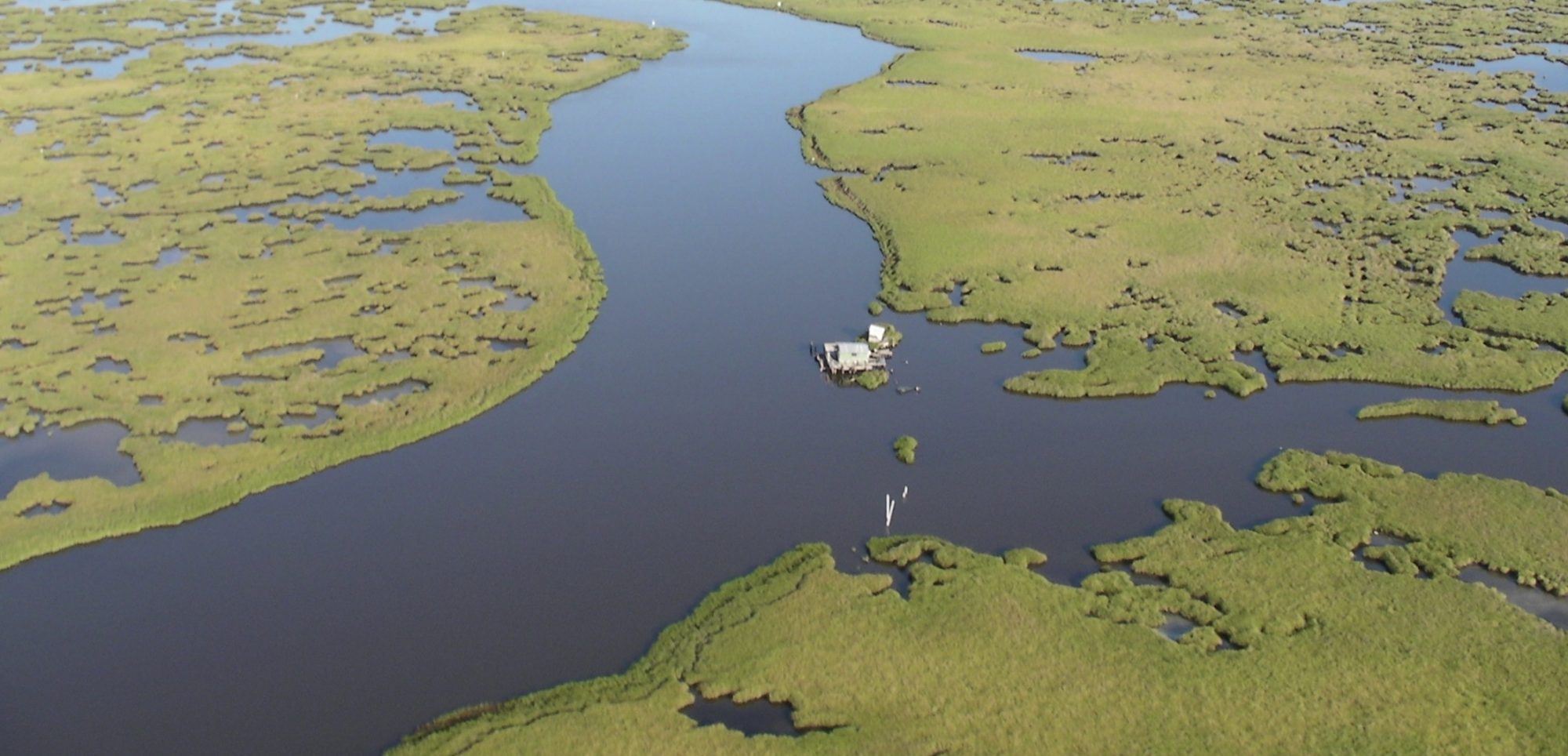
Ph.D. Candidate, University of Oregon
Conference Travel Grant Type 2 (9th INTECOL International Wetlands Conference)
Microbial community structure and ecosystem function: Linking methane production rate to methanogen community structure in wetland soils
“Methane is a significant greenhouse gas, trapping up to 25 times as much infrared radiation as carbon dioxide per unit weight. All of the methane produced by the world’s biosphere is produced by methanogens, a polyphyletic group of microoranisms in the domain Archaea, in anaerobic environments. In this study we explore the relationship between methane production and methanogen community structure in peatlands along a landscape gradient in northern Michigan, spanning six sites from an ombrotrophic bog to a minerotrophic fen. This gradient of pH and carbon quality is very distinctive in peatlands and a site’s position on this gradient has been shown to influence methanogenesis pathways and efficiency of methane production. Methanogensis rate potentials in peat samples taken throughout 2009 and 2010 were measured in sealed bottles, and the relative contributions of both methanogenesis pathways were determined via addition of 14C tracer to the incubations. For community analysis, we used mcrA, a functional gene that is ubiquitous in methanogens, as a molecular marker for genomic techniques. Ninety-six clones of mcrA were sequenced from each of the six sites in Spring 2010. DNA sequences were aligned in MOTHUR and binned into putative genus and family OTUs. The community structure of each site was significantly idfferent from each of the others, and a Jaccard Dissimiliarity tree of genus-level OTUs reveals a strong clustering of communities with gradient position, with the two most minerotrophic sites clustering together, while the two most ombrotrophic sites clustered together at the other side of the tree. Community richness also increases dramatically from ombrotrophic to minerotrophic sites. A surprisingly large number of clones in the most ombrotrophic site are identified as putative acetoclasts, a surprising finding that matches the unexpectedly high rate of acetoclastic methanogenesis in that site (as measured by the addition of 14CO3) and indicates that community structure is playing a role in driving methanogenesis pathways in that site. High-throughput sequencing of mcrA DNA and mRNA is in process in all sites, and this larger dataset will allow NMS ordination to statistically correlate methanogenesis rates and pathways with community structure of DNA and mRNA at both genus and family level.”
